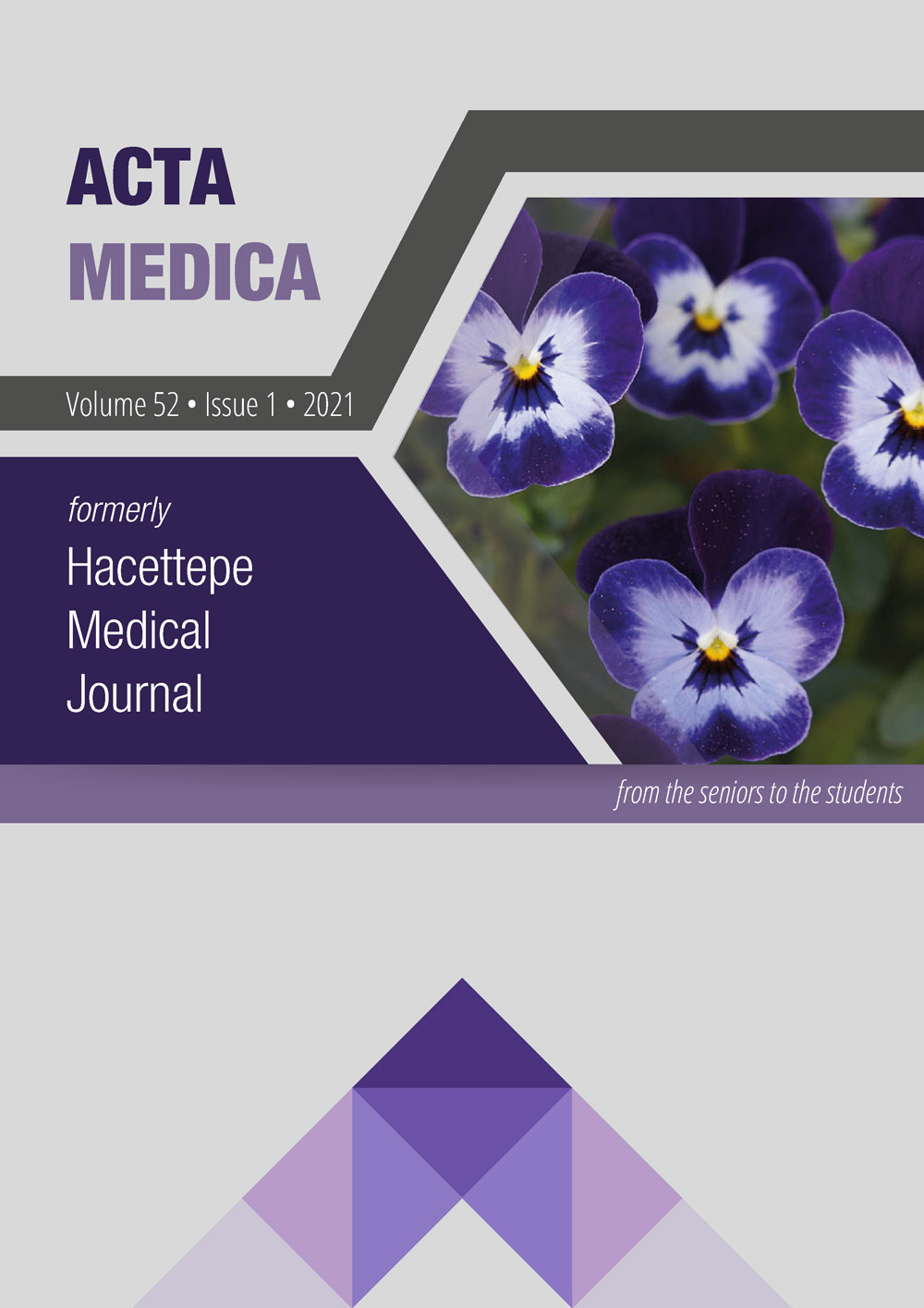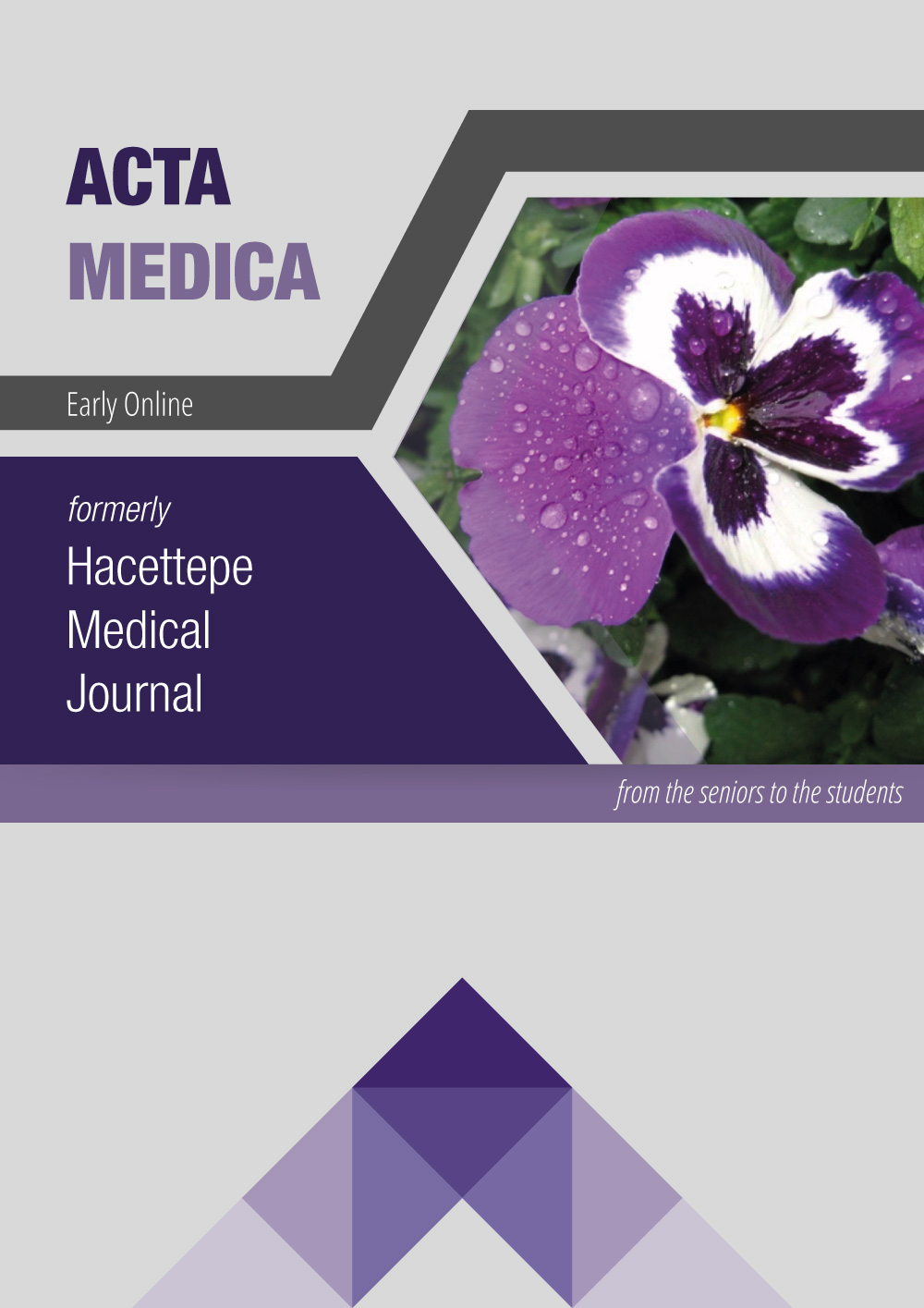Comparison of Heart Rate Variability between Shift and Rest Days in Nurses Working at Coronary Intensive Care Unit
DOI:
https://doi.org/10.32552/2021.ActaMedica.531Abstract
Objective: Stress of working conditions change the circadian rhythm and body’s autonomic functions. Heart rate variability is a simple and noninvasive method that reflects the heart’s autonomic system. In this study, we analyzed the rhythm differences of intensive care unit nurses between 24 hours shift and rest days.
Materials and Methods: 51 nurses working in intensive care units of our center were included in the study. The nurses were divided into two groups as study and control groups according to the shift and rest days for 24 hours holter recordings, respectively.
Results: Heart rate parameters were under parasympathic and sympathic dominance in rest and shift days, respectively. Although normalized high frequency, normalized low frequency and low frequency/high frequency ratio values were parallel to the shift and rest days at 24-hour intervals, inverse correlations were observed between 03.00- 08.00 hours. No statistically significant difference was seen in circadian rhythm between shift and rest days. Heart rate parameters generally showed similar pattern of circadian rhythm irrespective of the working status of the participants. Sympathetic activity was significantly higher in the day period than the night period in the shift days however there was no difference within resting group.
Conclusion: Slight increase in sympathetic system activity and marked decrease in parasympathetic activity during 03-05 o’clock were apparent in shift days. This increase was attributed to early cortisol release.


